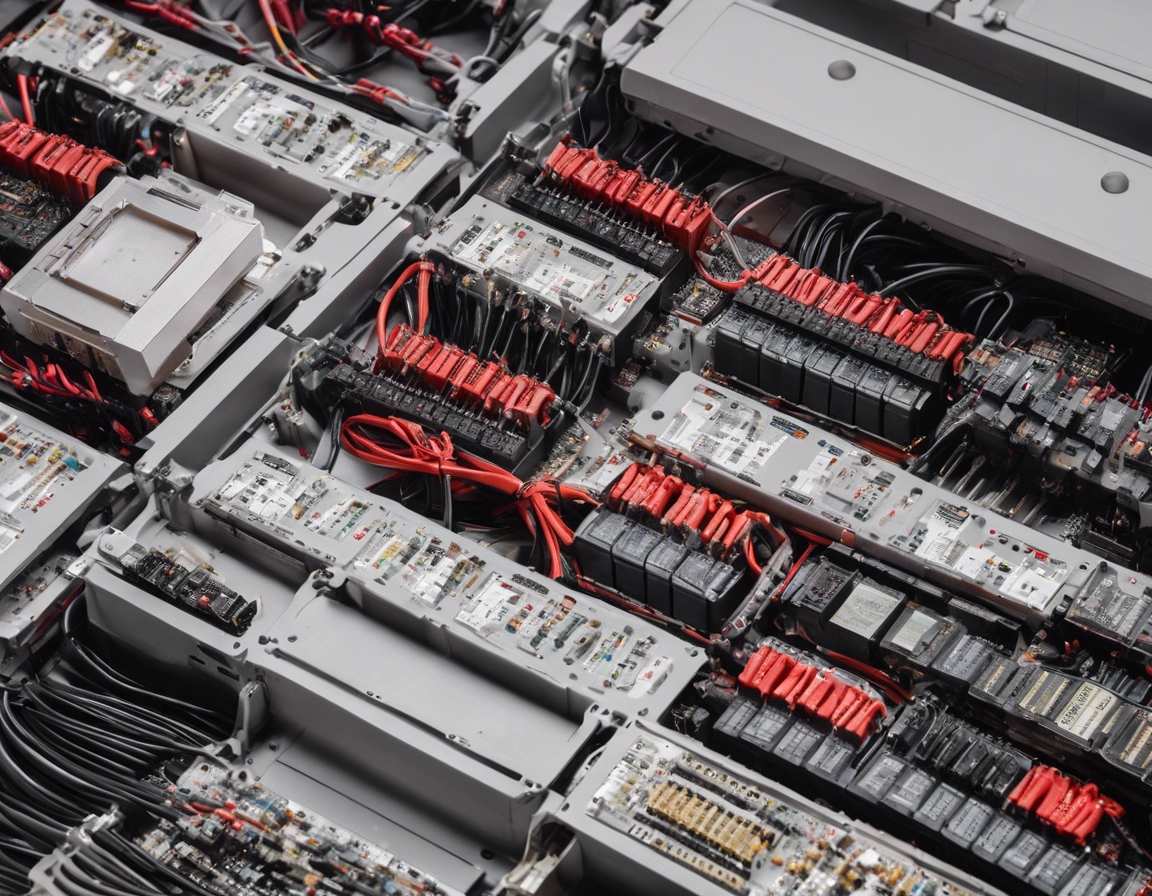The future of high voltage networks in the baltics
The Baltic region, comprising Estonia, Latvia, and Lithuania, has a high voltage network that is integral to its energy system. This network is responsible for the transmission of electricity over long distances with minimal losses, ensuring that power generated from various sources reaches consumers efficiently.
High voltage networks are the backbone of modern economies, facilitating the distribution of electricity to power industries, homes, and infrastructure. In the Baltics, these networks are particularly crucial due to the region's cold climate and the need for reliable energy supply.
Drivers of Change in the Baltic High Voltage Sector
With a growing emphasis on sustainability, the Baltic states are increasingly integrating renewable energy sources into their power grids. This shift necessitates upgrades and expansion of high voltage networks to handle variable power flows and maintain grid stability.
The European Union's energy policies, including goals for carbon neutrality and cross-border energy cooperation, are shaping the development of high voltage networks in the Baltics. Compliance with EU regulations is driving modernization efforts and the adoption of new technologies.
Technological innovations, such as HVDC (High Voltage Direct Current) transmission and smart grid capabilities, offer opportunities to enhance the efficiency and reliability of high voltage networks in the region.
Challenges Facing High Voltage Networks
Many parts of the Baltic high voltage infrastructure are aging and require significant investment to upgrade and replace outdated components to ensure reliability and meet future demand.
Enhancing interconnectivity between the Baltic states and neighboring countries is essential for energy security and market integration. This involves complex coordination and investment in cross-border transmission infrastructure.
Funding the necessary upgrades and expansions of high voltage networks is a major challenge, with the need to balance costs, benefits, and the interests of various stakeholders.
Opportunities for High Voltage Network Development
Adoption of smart grid technologies can lead to more efficient grid management, better integration of renewable energy, and enhanced customer services. These technologies are set to play a pivotal role in the future of high voltage networks in the Baltics.
Collaborative projects, such as the Baltic Energy Market Interconnection Plan (BEMIP), aim to strengthen the regional energy market and infrastructure, presenting significant opportunities for high voltage network development.
Energy storage technologies, including batteries and pumped hydro storage, can complement high voltage networks by providing flexibility and balancing supply and demand.
Strategic Planning for the Future
Developing a clear long-term vision and policy framework is essential for guiding the evolution of high voltage networks in the Baltics. This includes setting targets, defining roles, and establishing a roadmap for future development.
Embracing international best practices and standards can help ensure that high voltage networks are built and operated to the highest quality and safety standards.
Engaging with stakeholders, including the public, industry, and government, is crucial for gaining support and ensuring the successful implementation of high voltage network projects.







Comments (0)